Performance
The Leaf isn’t supposed to be a performance car, but it still feels quite lively, especially from a standstill to around 30mph. Unlike petrol or diesel engines, the electric motor in an electric car produces power instantly and it gives the Leaf a very perky feel. The power does tail off as the car gets faster, but it never feels slow compared to a conventional car.
Using all the Leaf’s performance will hurt the battery range though, so it’s best to only try and play when you are not worried about running low on charge.
If range or performance are a concern, then the top e+ model might be the best choice. This adds more battery capacity but also has a more powerful motor - with 216bhp, it is comparable to some sports cars. This makes this Leaf much faster accelerating, especially between 30-70 mph when you are joining a motorway from a slip road, for example.
Drive
Anyone who is used to driving an automatic car should be able to get in a Leaf and drive it straight away without having to delve into the instruction manual. Some of the extra features might take a little more time, but could still be mastered by the end of a test drive.
Out on the road, the Leaf soaks up bumps well and the steering is not over-light. Most of the Nissan’s rivals are SUV-shaped, with means they feel quite top-heavy in corners. The Leaf feels more stable as a result of being lower.
To make the Leaf as eco-friendly as possible, it features special tyres which roll more easily on the road, preserving energy. However they are not as grippy in the corners and can lose grip gradually if you take a roundabout too quickly.
The e+ model is a little heavier and faster too, so Nissan made the suspension springs stiffer to compensate. As a result the body doesn’t move and roll as much in corners but it does also mean it can’t absorb bumps as smoothly.













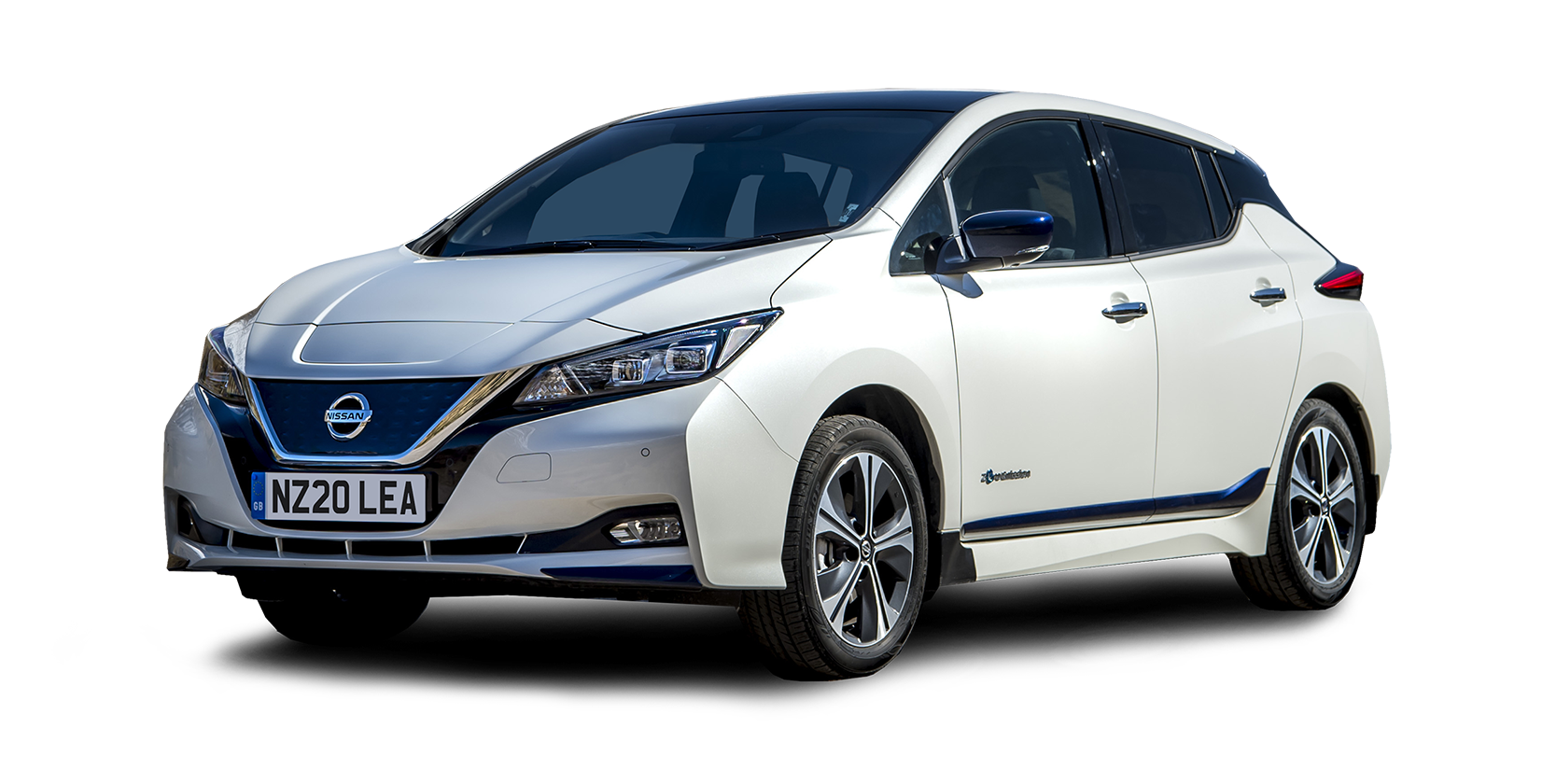
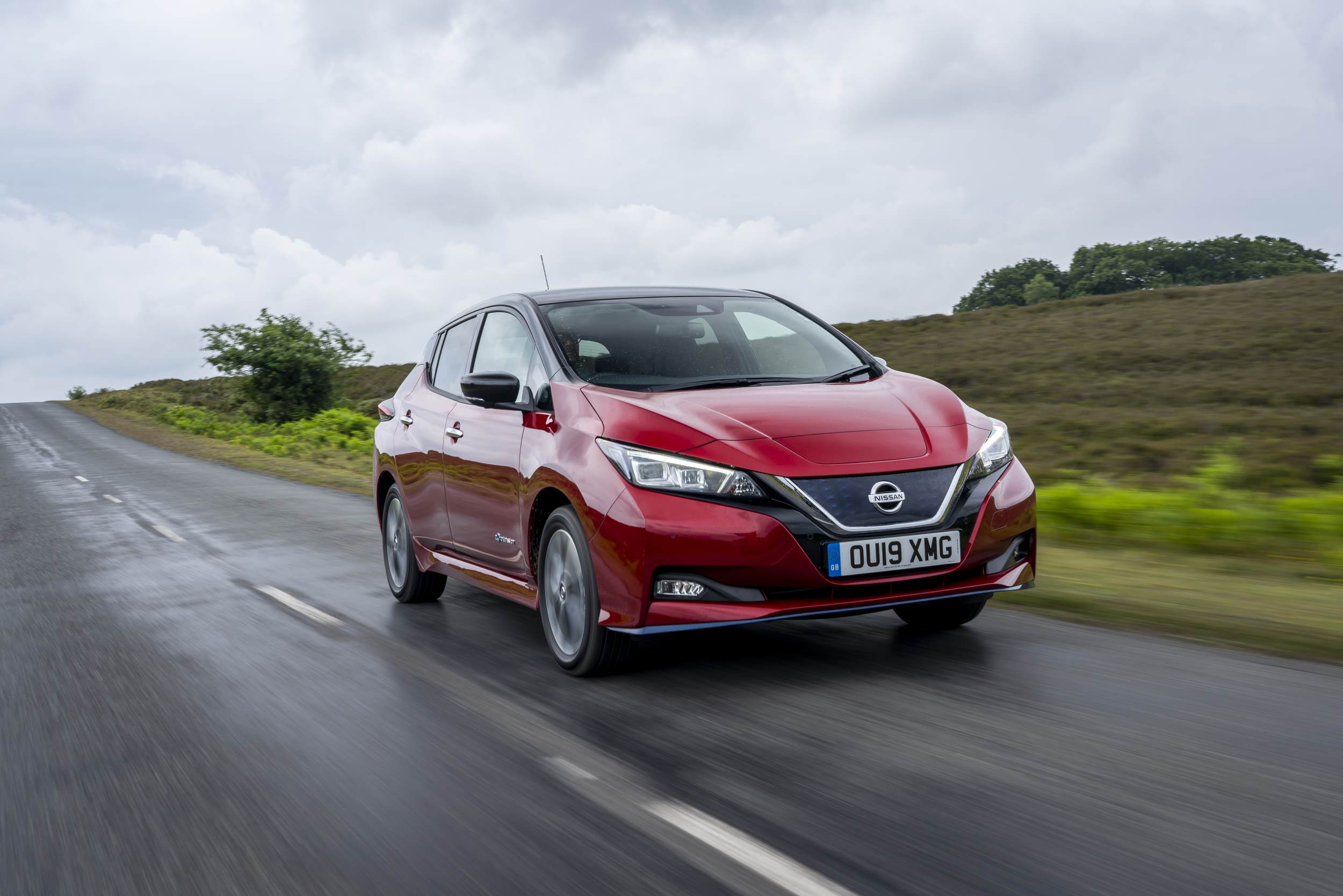.jpg)
.jpg)
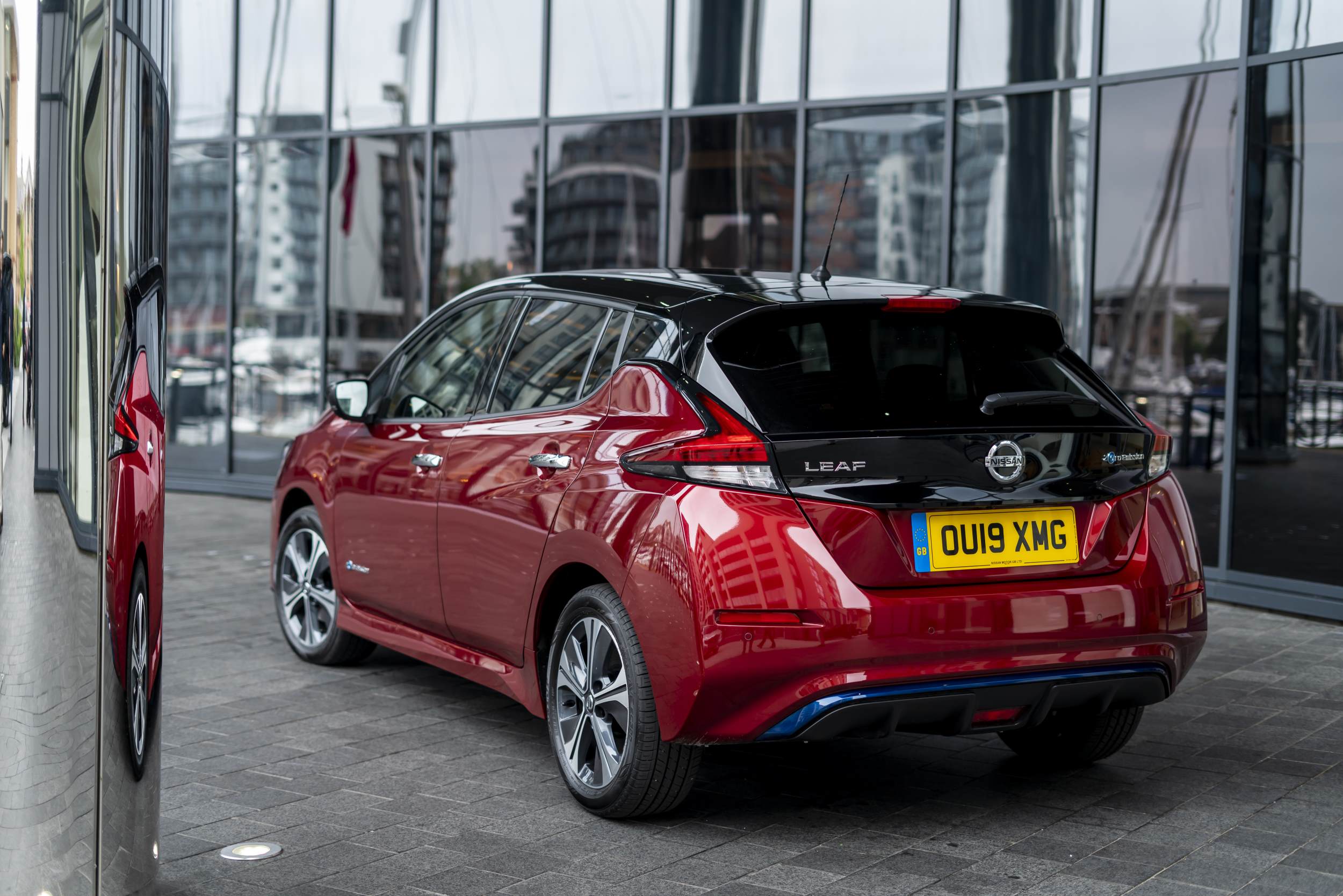.jpg)
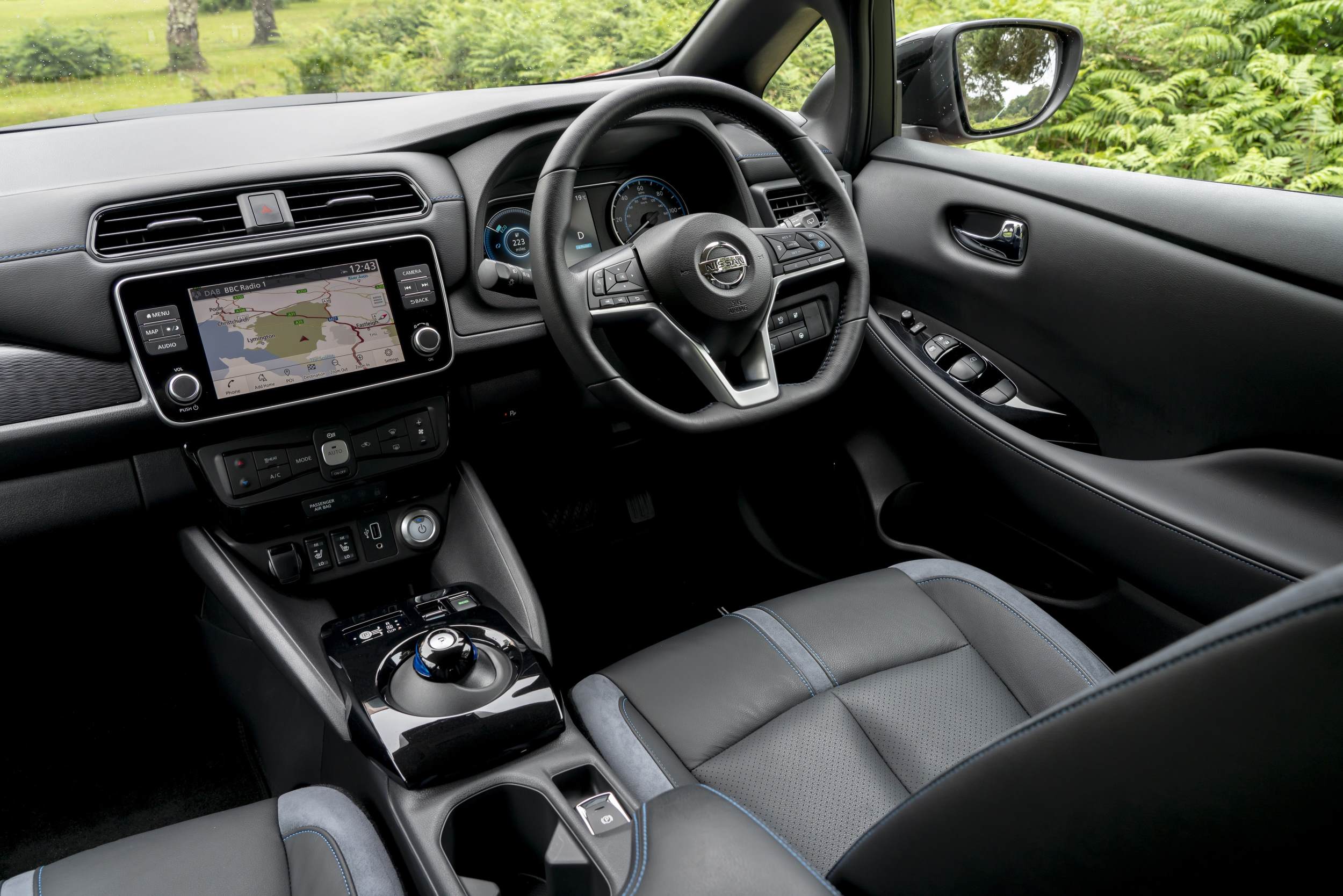.jpg)
.jpg)
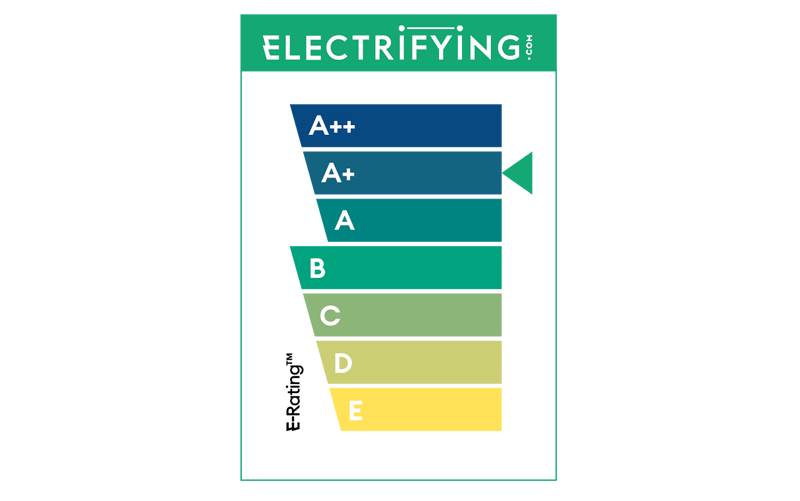


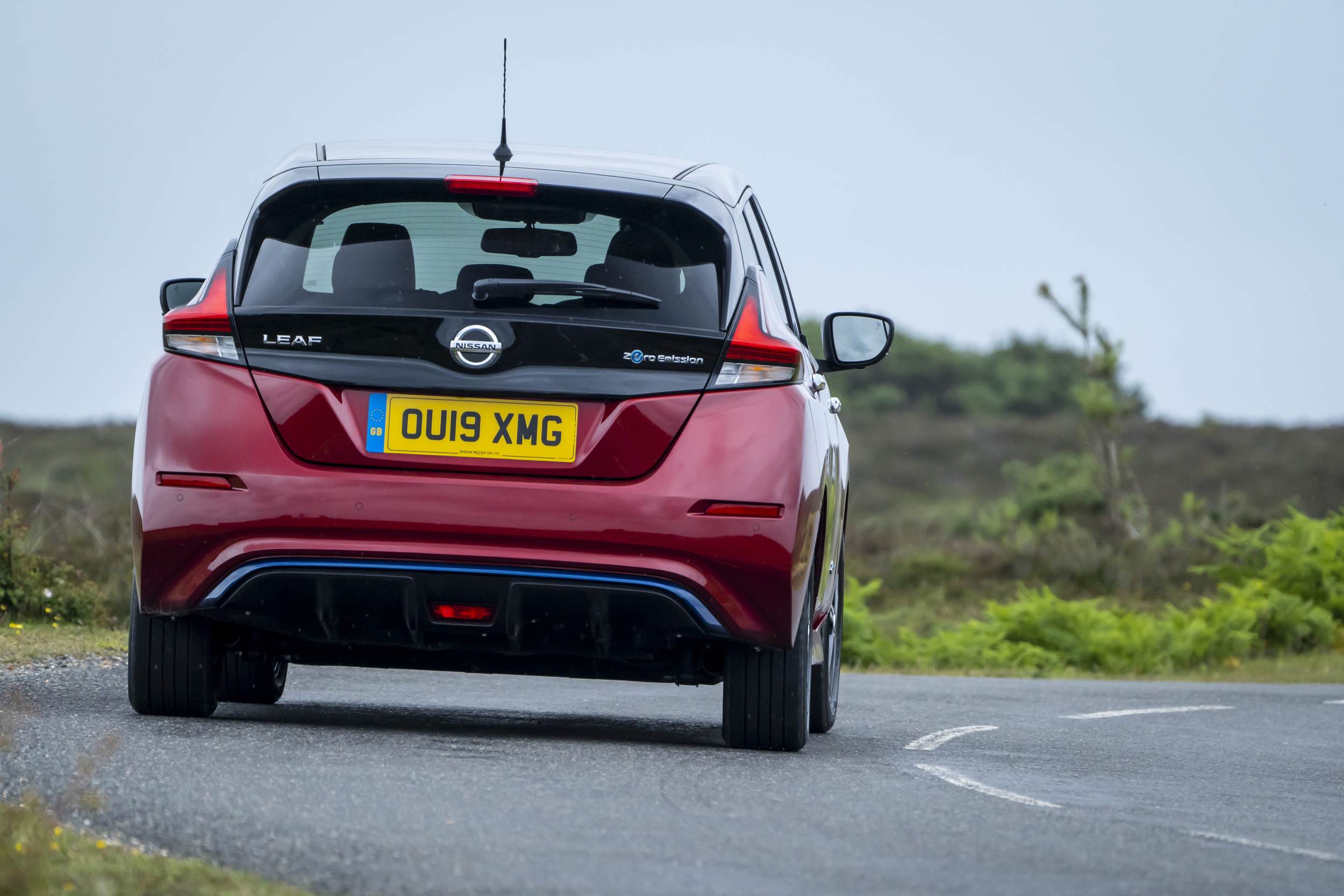.jpg?width=1500&height=1000)



